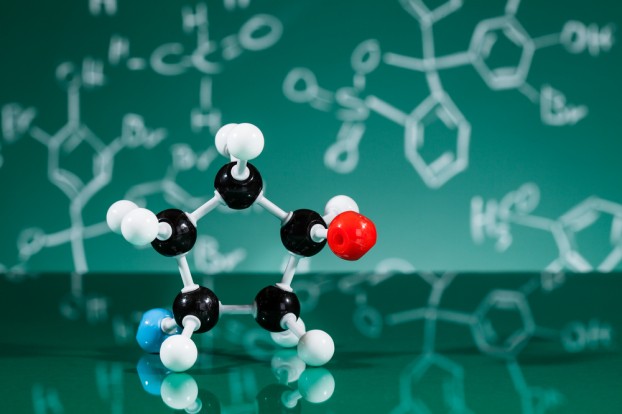Science can be a confusing topic to many people, and without learning about it first, there are many words and names we may not understand. We’re all smart people, but without a little bit of guidance we may end up lost in a world of complicated names that often describe very simple things. For this reason, I have written a helpful guide to understanding the science of monomer synthesis, it’s common uses, who makes it and the potential dangers of using it.

Monomer Synthesis
Synthesis is the best known as the process in which simple molecules join together to create more complex compounds. Monomer synthesis simply describes a molecule that becomes bonded with other identical molecules to form a polymer. In other words, a polymer is a substance made from identical molecules joined together by monomer synthesis. Glass, plastics and nylons are all examples of materials that are results of monomer synthesis. Various companies often contract manufacturers to create a complete range of Monomer Custom Synthesis to suit any requirements they may have.
What Uses Does Monomer Synthesis Have?
The results of monomer synthesis can be seen all around is in our everyday lives. From the clothing on our backs to the plastics used in grocery bags, we can easily identify monomer synthesis as a big part of our lives. Any situation where two identical molecules are joined to create a polymer compound is considered to be a monomer synthesis. The most common use of polymers is for packaging purposes, and as you can imagine, involves nearly every business that produces products for the consumer market. The cosmetic industry is also a big user of polymer substances as the cosmetics they manufacture need to be consistent and durable. So these are some of the uses, but who makes these polymers?
Who Makes Monomer Synthesis Products?
Most manufacturers with adequate machinery are able to produce monomer synthesis products. Other institutions who should be able to produce monomer synthesis products include research colleges and universities, chemical labs and industrial chemical companies. They may have different goals and motivations for producing these products, due to the funding they receive, their target markets and production capacity.
Is Monomer Synthesis Dangerous?
There will always be risks involved with any chemical or biological experimentation and production, but the risks of monomer synthesis are relatively low. The polymer production and processes involved are subject to rigorous testing and very high safety standards, due in part to the fact that they are FDA regulated and must be cGMP compliant before release into the market. The checks are made throughout the production process to ensure that there are no mistakes or lapses in safety standards along the way, ensuring the finished products are fit for use by humans. When the production process goes unregulated, such as in unauthorised, underground or unregulated facilities, then there will be greater dangers associated with both the process itself and the product, which is later to be released into the market. Once the products are out there, it is very hard for them to be recalled and may pose dangers to our health and wellbeing. For this reason, it is essential to only use FDA regulated facilities and insist on cGMP compliant processes and products. If you are unsure, ask to see certificate documentation of protocol compliance and regular testing.
It is important to understand the science that is around us on a day-to-day basis. What we use, consume, buy and come into contact with on a daily basis has an intimate effect on our lives and the lives of our loved ones. Your understanding of monomer synthesis and its related products is one step towards awareness in your everyday life, as well as a deeper insight of the world around us.
Amanda Walters – This article was written by Amanda Walters, an experienced freelance writer and regular contributor to Huffington Post. Follow her here: @Amanda_W84